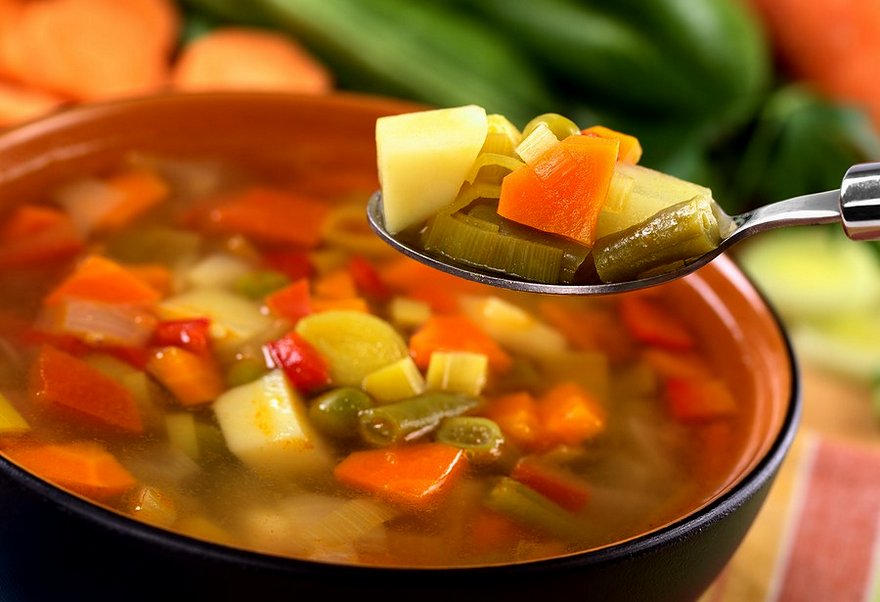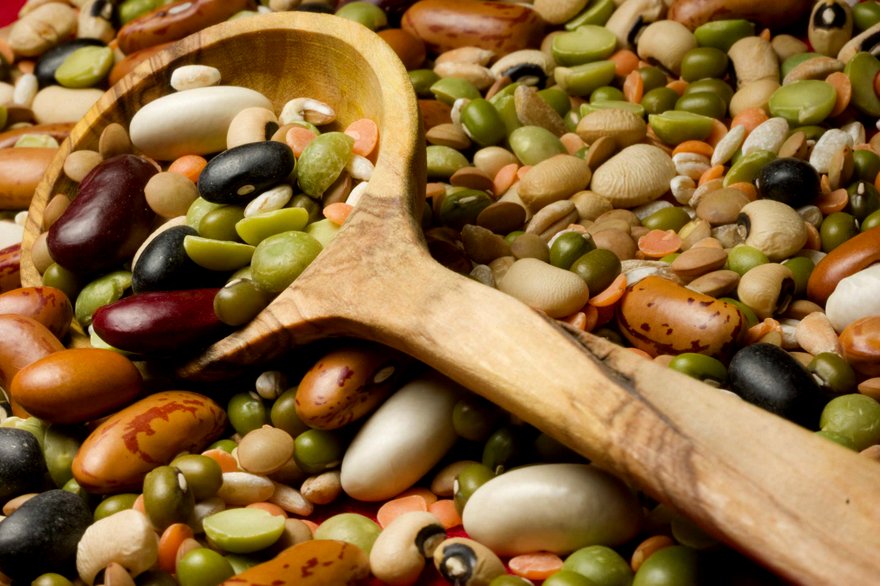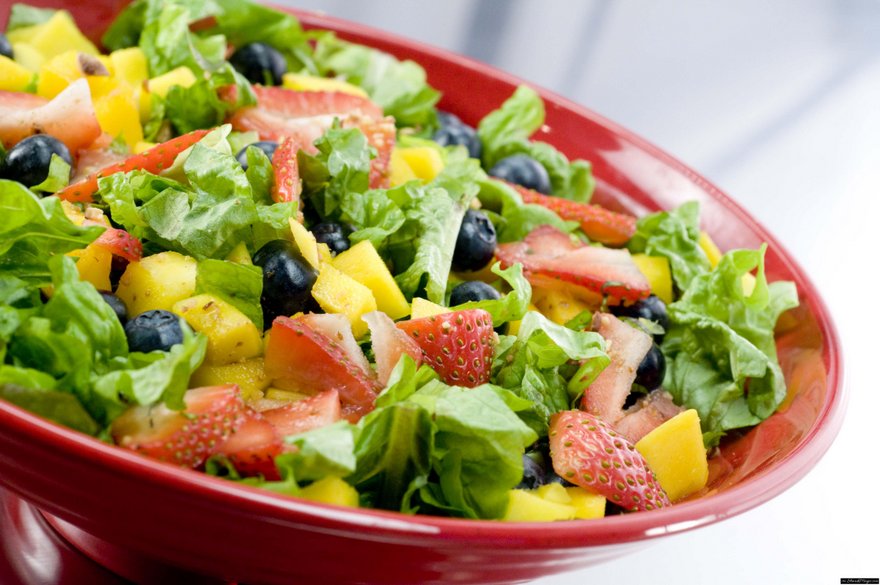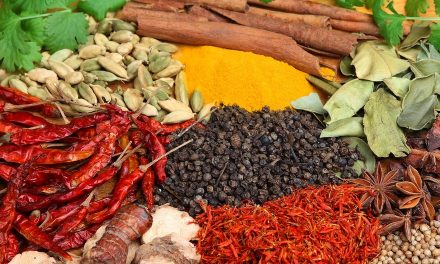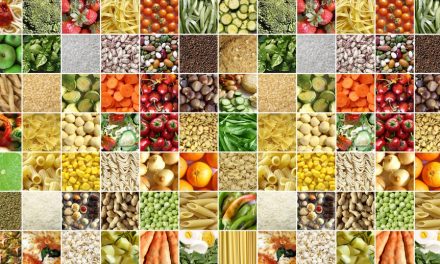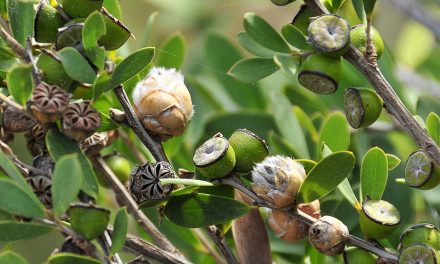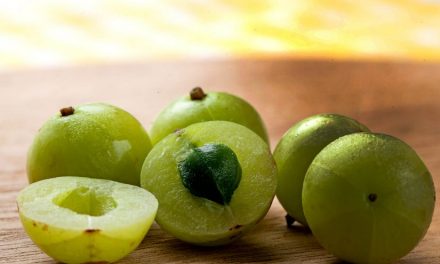During the monsoons months, the weather is rainy, soggy and damp. Although one may enjoy the rains, it is important to note the fact that the prevailing weather affects our body in more ways than one.
As the monsoons sweep in, so does a range of diseases and disorders. Thunder, lightning, and imbalance that the monsoons bring forth are also reflected within the human body. This means our bodily functions including that of our digestion system gets disturbed. The humidity ruins our digestion and creating an imbalance in the Vata aspect, aggravating the same. Meanwhile the pita gets accumulated.
[wp_ad_camp_1]
This results in increasing the toxins in the body due to the undigested food. The residue is called aama in Ayurveda and it weakens the body and makes one susceptible to fevers, colds and victims of diarrhea and the like. The stomach can really take a beating and so one must take immense care. In Ayurveda the rules and regulations for the rainy season is called Varsha ritu charya.
In fact Ritu charya or the seasonal rules has a set for each kind of season. Among its various norms is a segment that is based on food intake. Ayurveda has an extensive array of dos and don’ts when it comes to what and how much to eat during this season. During the monsoon season one must consume vata dosha pacifying fresh foods, which are simple to cook and easy to digest.
It’s important to keep it light. These foods must be consumed within two hours of preparation. Even the water one consumes must be boiled, filtered and consumed between 24 hours of boiling. The rains are the time when water borne diseases spread like wild fire. The ingredients used in meal preparation during the monsoons are important. One must use oil, ghee (clarified butter), butter and salt in cooking.
This has several beneficial qualities like aggravating digestive fires. One must also use kitchen spices in food to correct digestive fires. The key to cooking monsoon foods is largely preparing dishes that enhance digestion and boost immunity. Essential ingredients include pepper, ginger, asafetida, cumin powder, coriander and turmeric.
One should not have too many fruits and vegetables especially raw ones, as they may be a source of the germs and bacteria of this season. Non-leafy veggies such as snake gourd, pointed gourd, pumpkin, ladies fingers, regular gourd, yam, cluster beans, carrots, apple gourd and bitter gourd are great as vata pacifiers.
Even when it comes to fruits seasonal ones like apples, litchis, cherries, plums, pomegranates etc. are fine. Non-seasonal ones are more likely to be infested with worms and germs. Wheat flour and lentils like moong dal are easy to digest and apt for this season.
Rice, barley, wheat and brown bread are also suitable during this season. One should avoid pastas, cheese, yogurt, pickles and others that pose as good hosts for bacteria.
One must also eat home cooked meals and refrain from eating out too much during the monsoons. Restaurant foods can create infections, food poisoning, fevers, diarrhea and other water borne diseases.
If you do eat out make sure to choose a restaurant that conforms to high standards of quality and hygiene. Other foods that must be on your avoid list includes sandwiches, rolls, pre-cut fruit, juices and other items from roadside stalls and food trucks.
There are certain foods that one must stay away from. Dry, cold and heavy foods such as cheese, ice creams, cold drinks and curds mustn’t be consumed. Bengal gram, field pea and such are also not good for the body. One must steer clear fermented and stale foods. There are certain juices that are highly recommended during the monsoon season. One such is freshly prepared radish juice.
One can contract colds and fever during this time and radish juice is a great remedy for the same. Another option is a pinch of the herb pipli with rock salt mixed warm water, which is good in reducing mucous formation. Warm beverages and soups are ideal.
Basil or tulsi with honey is also great for the throat. In fact honey is one of the most important foods to consume during rains. A couple of spoons in the morning will provide great protection. Even a couple of teaspoons of ginger juice mixed with one spoon of honey and room temperature water can help build immunity. One can further soak tulsi leaves for ten minutes in luke warm water before you chew on them. It will help keep fever, cold and cough away. Monsoons are a good time to have tea, without milk.
Milk kills the many medicinal properties inherent of tea. One can also add dry ginger, tulsi, ajwain, and lemon grass to the boiling water before putting tea leaves. If one is feeling little blue during the season, Ashwagandha with warm milk and sugar can be consumed twice daily.
Apart from the consumption of herbs, there are also certain application procedures known as ubatan, which is good. One can also accompany the diet with body detoxification. Especially during the onset of the monsoons vaman and virechan are good for body purification.
It will prepare the body to intake the holistic meal plans in store. A course of basti chikitsa will also aggravate the vata dosha. It is always good to get a diet chart and accompanying Panchakarma procedure lists from an Ayurveda doctor. Hot baths and showers accompanied by oil massage also keep the body healthy. One can also fumigate the house with prescribed herbs.
Inhalation of warm water infused by herbs is good for the body as it opens up nasal passages and helps fight colds. Thus, altering the diet during Monsoon season is important.

